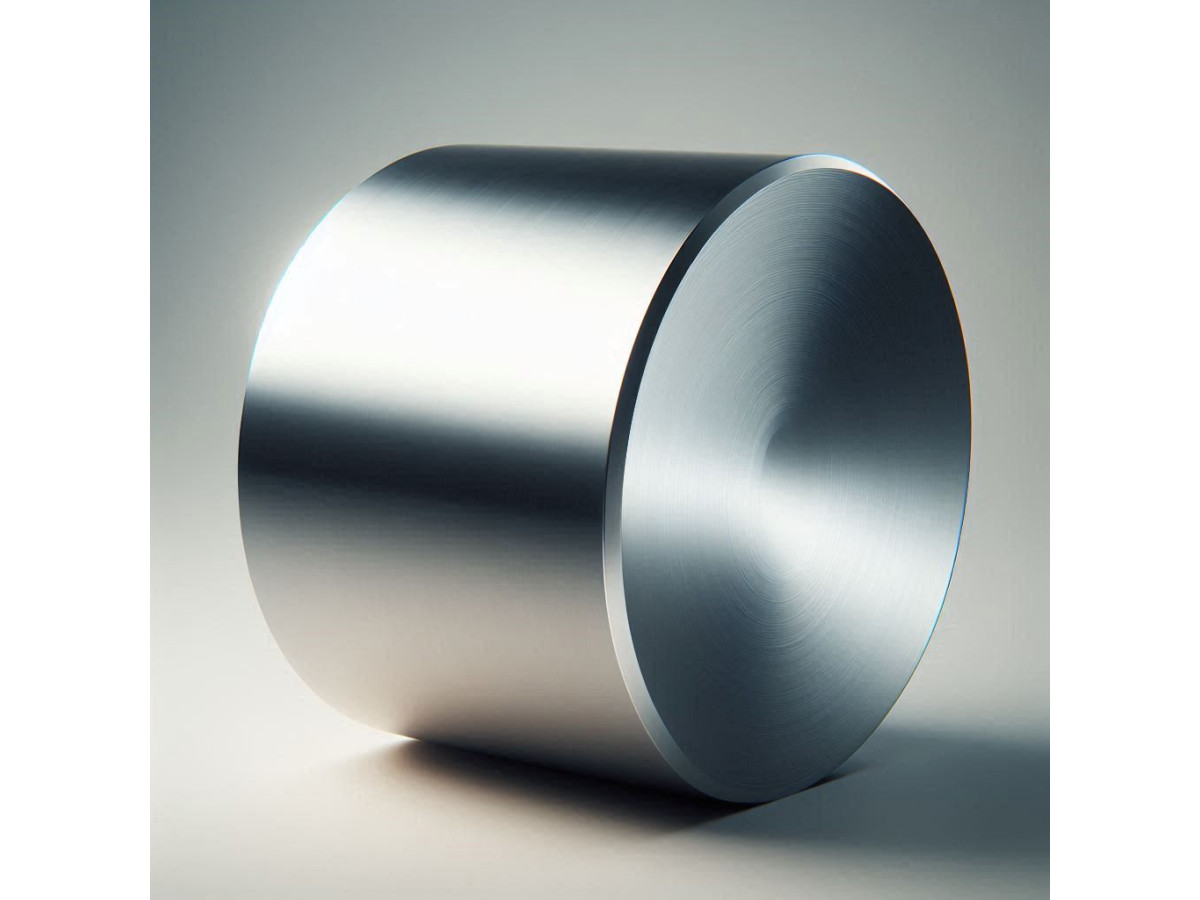Imagine a material that is incredibly strong and surprisingly light at the same time. A material that is not afraid of either corrosion or high temperatures. Such a material exists - it is titanium. Titanium wheels have a unique combination of properties, which makes them indispensable in many industries. Let's figure out why this metal is so popular and what opportunities it opens up for engineers and designers.
Properties and features
Titanium is not just another element of the periodic table. It is a real universal soldier in the world of metals, possessing a unique combination of characteristics that have made it indispensable in many areas of human activity. Its advantages include:
- lightness and strength;
- heat resistance;
- ductility;
- low thermal conductivity.
It is much lighter than steel, but at the same time has comparable strength, which makes it suitable for structures where lightness and reliability are essential. The material is able to withstand very high temperatures without losing its mechanical properties. This allows you to operate rolled metal products in extreme temperature conditions. Despite its increased strength, it is quite plastic, so it is easy to process and give it complex shapes. Rolled products have relatively low thermal conductivity, due to which it is considered a good heat insulator. Elastic modulus - this indicator characterizes the rigidity of the raw material. It is quite high for titanium products, so they are resistant to deformation.
Perhaps the most famous property of metal circles of this type is their resistance to rust. They practically do not react with most aggressive environments, including sea water and many acids. Titanium elements are surprisingly compatible with living tissues. They do not cause rejection and allergies, due to which they are indispensable in the medical field.
At high temperatures, the material becomes active and can interact with oxygen, nitrogen and other elements, forming strong compounds. The properties of titanium parts can be significantly changed by adding other elements, which allows you to create alloys with different characteristics.
Where it is used
Thanks to the combination of strength, lightness and corrosion resistance, rolled products have become an indispensable material in many industries. For example, in the aircraft industry, titanium parts are used to create lightweight and durable aircraft structures. And in medicine, biocompatibility allows the creation of implants that are practically not rejected by the body and last for many years.
This is a material that has conquered both the sky and the sea depths. Its strength and corrosion resistance make it the most suitable for creating spacecraft and submarines. It is often called "space metal". It is the basis for creating lightweight and reliable structures for aircraft and spacecraft. It is used to make engines, fuselages and other parts where weight and strength are critical.
Due to its inertness to aggressive environments, circles are indispensable in the production of equipment for the chemical industry. They are used to make pipes, containers and other elements that come into contact with acids, alkalis and other aggressive substances. In the oil and gas industry, rolled products are used to create equipment that operates in extreme conditions: high temperatures, high pressures and aggressive environments. Titanium is used in the production of high-end cars to create lightweight and durable components such as brake discs and connecting rods. Titanium watches are valued for their strength, lightness and hypoallergenicity. Such raw materials are often used to create elements that are used to produce sports equipment, such as bicycle frames and golf clubs.
Why is rolled metal so popular?
The mechanical properties of the circle, its corrosion resistance and other characteristics depend on the alloy grade. The most common grades of titanium alloys for the production of circles:
- VT1-0;
- VT1-00;
- OT4;
- VT5;
- VT6;
- VT14, etc.
Circles can be obtained by hot or cold rolling. Hot rolled circles have higher strength and usually have a larger diameter. Cold rolled options are distinguished by higher dimensional accuracy and better surface treatment. Circles can be manufactured with varying dimensional accuracy, from normal to high. They can be subjected to various types of surface treatment, such as grinding, polishing, etching, etc. The diameter of the circle can vary from several millimeters to several tens of centimeters, the length and thickness of the walls also vary.

